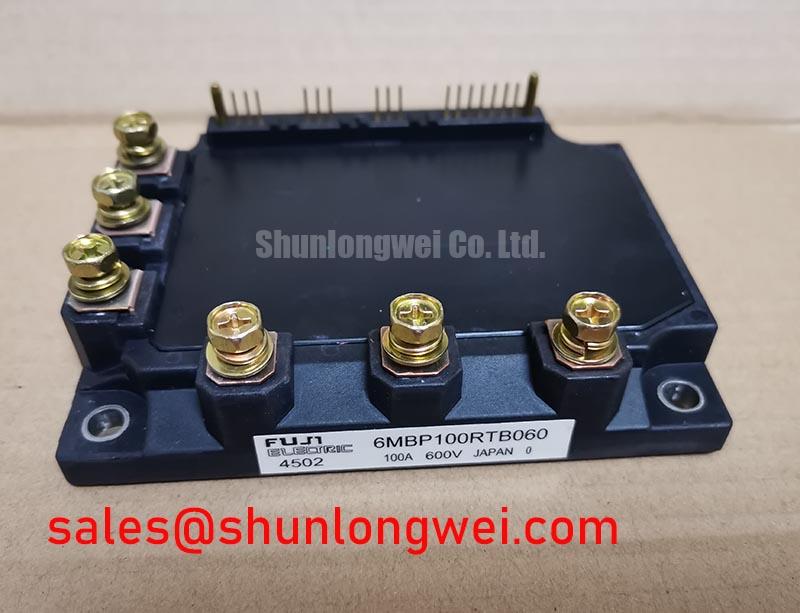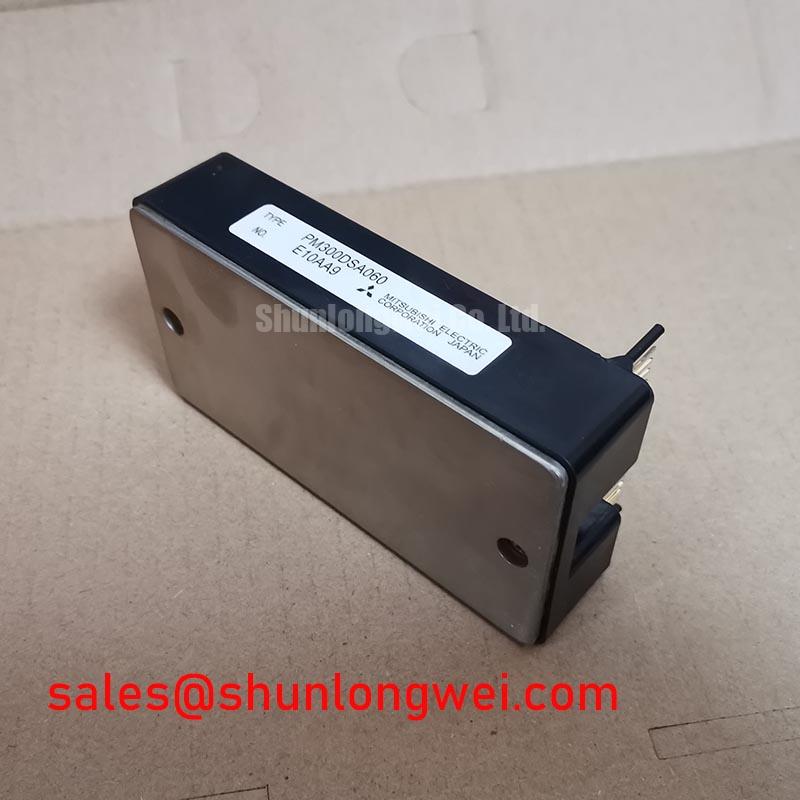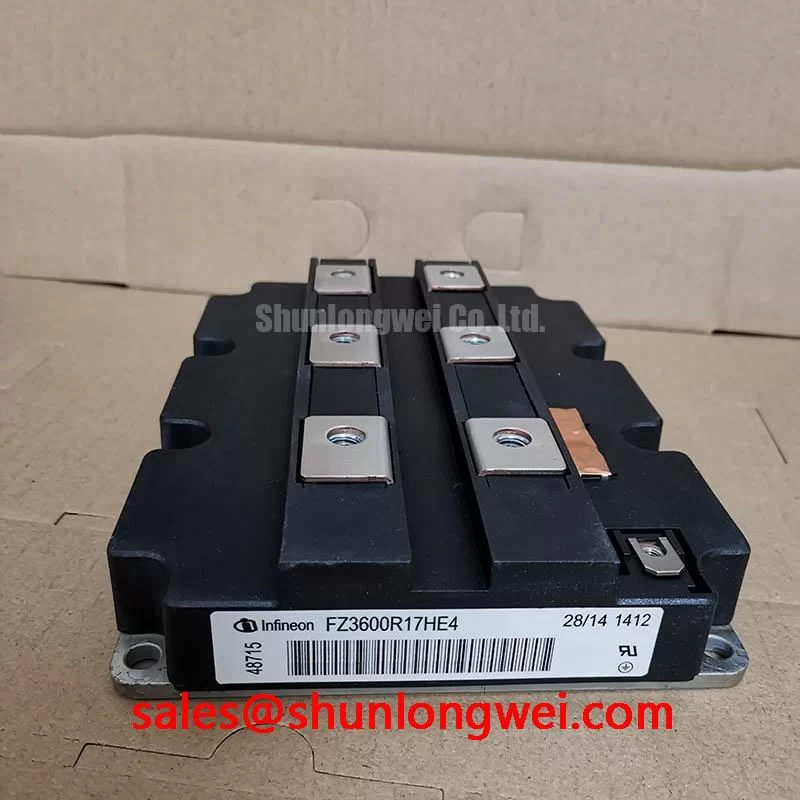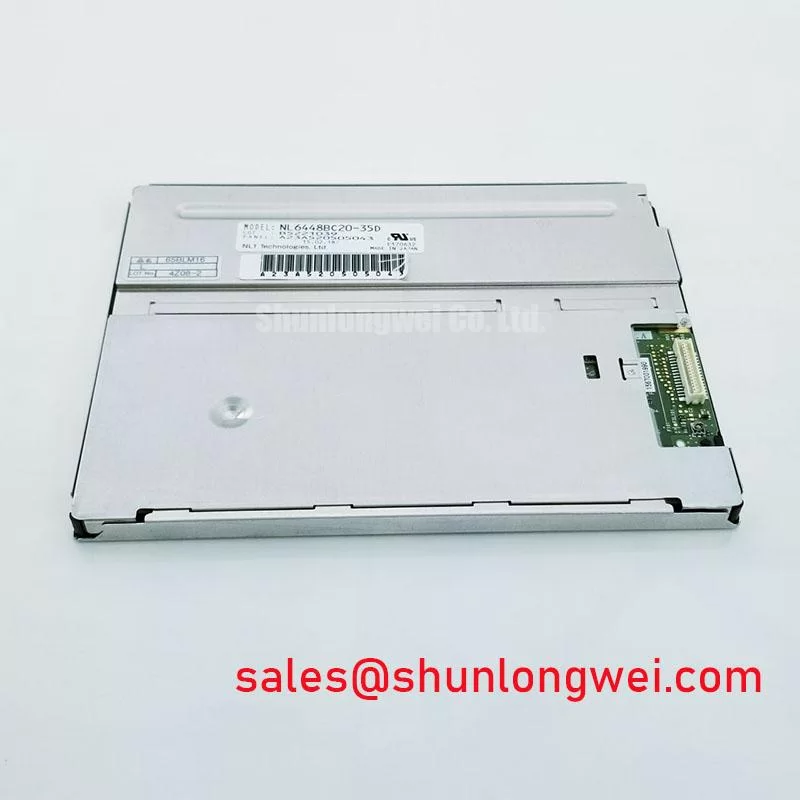AUO G156HTN02.0: FHD Industrial Display Engineered for Visual Clarity and Environmental Resilience
Product Overview: A Synthesis of Resolution and Reliability
Content last revised on October 17, 2025.
The AUO G156HTN02.0 is a 15.6-inch TFT-LCD module that delivers high-density Full HD resolution with the robustness required for demanding industrial and commercial applications. This display integrates a high-performance panel with a reliable WLED backlight system, designed for operational longevity and consistent performance across a wide thermal range. Key specifications include: 1920x1080 FHD Resolution | 500 cd/m² Brightness | -20 to 70°C Operating Temperature. Its core engineering benefits are superior image detail for complex interfaces and dependable readability in variable ambient conditions. What defines the G156HTN02.0's industrial readiness? Its wide operating temperature range and high-brightness panel. It is the best fit for industrial HMIs requiring crisp FHD resolution and proven reliability in fluctuating thermal environments.
Application Scenarios & Value
System-Level Benefits in High-Ambient-Light and Thermally Dynamic Environments
The G156HTN02.0 is engineered for applications where standard consumer-grade displays would falter. Its combination of a 500-nit brightness rating and a wide -20 to 70°C operating temperature makes it a primary candidate for systems deployed in environments without climate control. Consider an outdoor ticketing kiosk or a vehicle-mounted diagnostic terminal; in these scenarios, direct sunlight and seasonal temperature swings are significant engineering challenges. The G156HTN02.0's high brightness ensures the user interface remains legible under peak sunlight, a critical factor for usability and operational safety. This is a level of performance that goes beyond simple specifications; for a deeper dive into the engineering principles of sunlight-readable displays, see our definitive engineer's guide.
Simultaneously, its ability to function reliably at -20°C prevents slow response times or display freezing in cold-weather deployments, while the 70°C tolerance ensures stability in enclosed, heat-generating systems or during hot summer months. This operational resilience directly translates to a lower total cost of ownership by reducing the need for environmental control systems and minimizing field failures. For systems that require even wider viewing angles for off-axis readability, the related G156HAN02.1 utilizes AHVA technology, offering a different set of optical performance trade-offs.
Key Parameter Overview
Decoding the Specs for Industrial Integration and Performance
The technical specifications of the G156HTN02.0 are tailored to provide a balance of high optical performance and mechanical durability. The parameters are grouped by function to facilitate efficient evaluation for system integration.
| Feature | Specification | Engineering Implication |
|---|---|---|
| Optical Characteristics | ||
| Resolution | 1920(RGB)×1080, FHD, 141PPI | Enables sharp, detailed rendering of complex GUIs, schematics, and video feeds. |
| Brightness | 500 cd/m² (Typical) | Provides excellent readability in bright indoor facilities and semi-outdoor conditions. |
| Contrast Ratio | 800:1 (Typical) | Ensures clear differentiation between blacks and whites, enhancing image depth and text legibility. |
| Viewing Angle | 80/80/80/80 (L/R/U/D) | Offers consistent image quality from multiple operator viewpoints. |
| Environmental & Mechanical | ||
| Operating Temperature | -20 ~ 70 °C | Guarantees reliable operation in unconditioned factory floors, outdoor enclosures, and mobile equipment. |
| Surface Treatment | Anti-Glare, Hard coating (3H) | Minimizes distracting reflections and provides a durable surface resistant to scratches. |
| Dimensions (Active Area) | 344.16 × 193.59 mm | Standard 15.6" active area for integration into existing and new system designs. |
| Interface & Electrical | ||
| Signal Interface | eDP (Embedded DisplayPort), 2 Lanes, 30 pins | A modern, high-bandwidth interface that simplifies cabling, reduces EMI, and supports FHD resolution efficiently. |
| Backlight | WLED, 50K hours (Typical), with LED Driver | Ensures long-term operational life and consistent brightness, reducing maintenance cycles. |
Download the G156HTN02.0 datasheet for detailed specifications and performance curves.
Application Vignette
Enhancing Operator Efficiency in a CNC Machine HMI
In the context of a modern CNC milling machine, the Human-Machine Interface (HMI) is central to productivity and precision. The operator must monitor complex toolpaths, G-code, and real-time sensor data, often in a workshop environment with harsh lighting and temperature fluctuations. Integrating the G156HTN02.0 addresses a key engineering challenge: providing a visually clear and constantly reliable interface. The Full HD resolution allows for the simultaneous display of a high-detail CAD preview alongside operational parameters without compromising legibility. This reduces the need for operators to toggle between screens, minimizing input errors. Furthermore, the anti-glare surface is critical in mitigating reflections from overhead industrial lighting, a common source of eye strain and compromised visibility. The panel's resilience to workshop temperature changes ensures the HMI is always ready, from a cold start on a winter morning to peak afternoon operating temperatures.
Frequently Asked Questions (FAQ)
Engineering-Focused Inquiries
How does the G156HTN02.0's 500-nit brightness impact HMI design for semi-outdoor applications?
The 500 cd/m² luminance provides a strong foundation for readability in environments with high ambient light, such as covered loading docks or factory floors with large windows. To put it in perspective, this is significantly brighter than a typical office monitor (around 250-300 cd/m²). This allows system designers to create usable interfaces without requiring a fully enclosed or heavily shaded installation, offering greater flexibility in equipment placement.
What is the primary advantage of the eDP interface on the G156HTN02.0 compared to older LVDS standards?
The Embedded DisplayPort (eDP) interface offers higher bandwidth in fewer lanes, which directly translates to simpler, thinner, and more EMI-resistant cabling. For designers using modern single-board computers (SBCs) or industrial motherboards, the native eDP support simplifies system architecture, reduces potential points of failure, and lowers overall system power consumption compared to the more complex and power-hungry LVDS interface traditionally used for this resolution.
How does the specified -20 to 70 °C operating temperature range influence system thermal management design?
This wide operating range provides engineers with significant thermal design margin. It confirms the display is not the most sensitive component in the thermal chain, allowing designers to focus on cooling the primary processing units. It reduces the need for specialized heating elements in cold-start scenarios or oversized cooling fans for high-temperature operation, contributing to a more compact, reliable, and cost-effective final product. This resilience is a key differentiator between industrial and consumer displays from a trusted manufacturer like AUO.
For inquiries regarding the G156HTN02.0 or to discuss the specific display requirements for your application, please contact our technical support team for detailed information.











